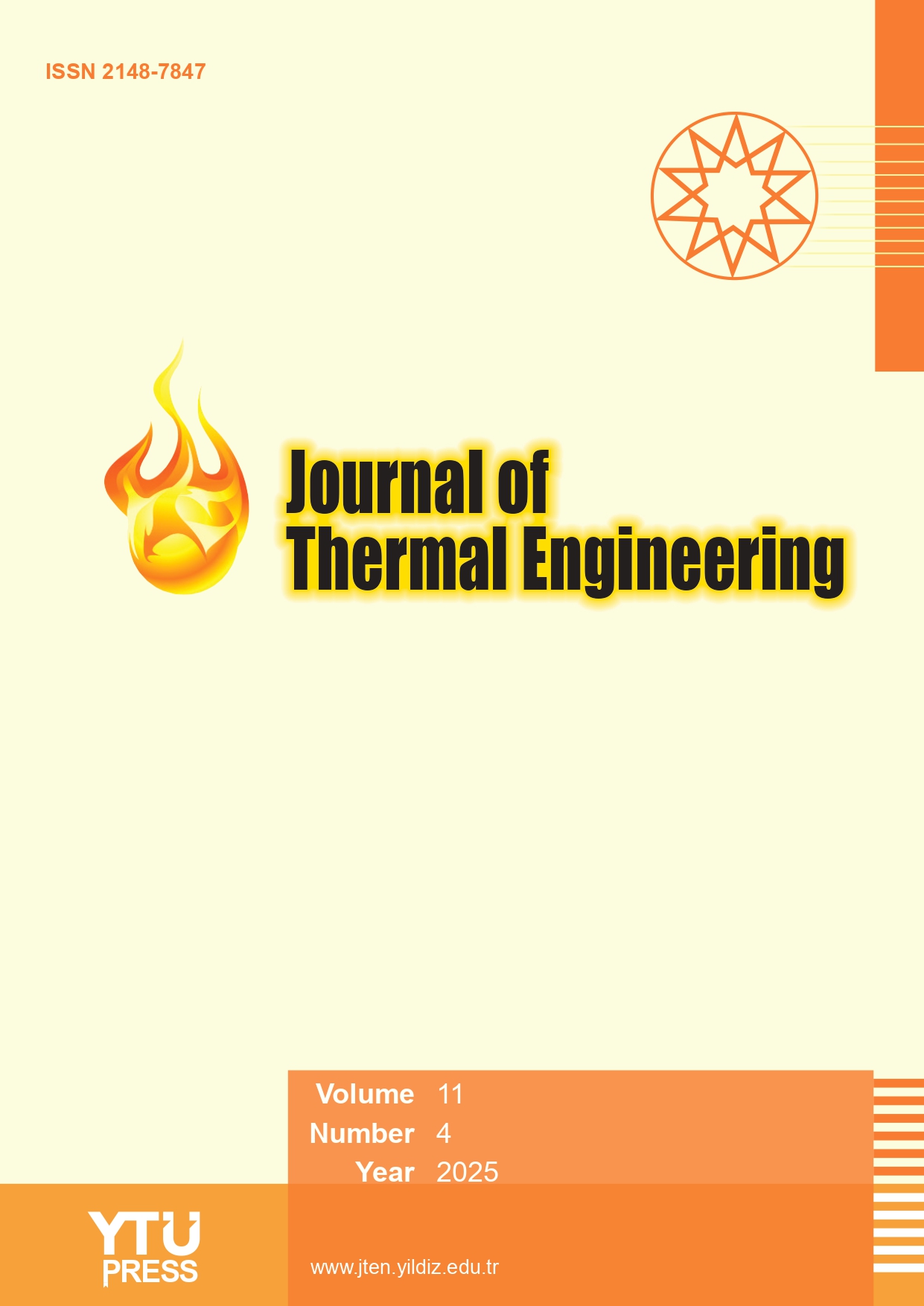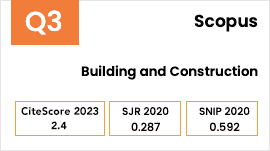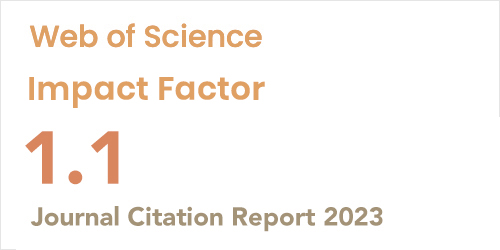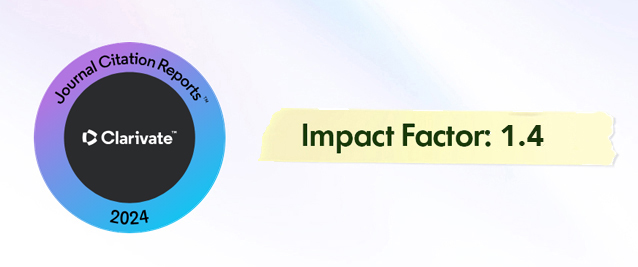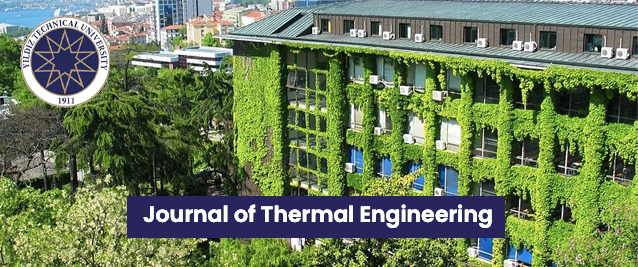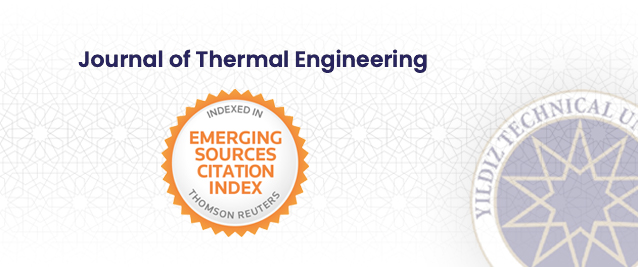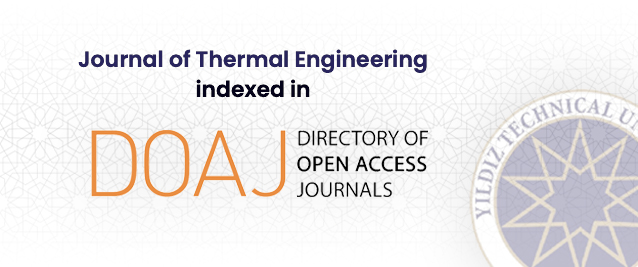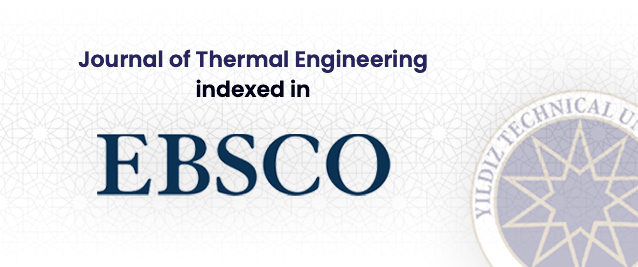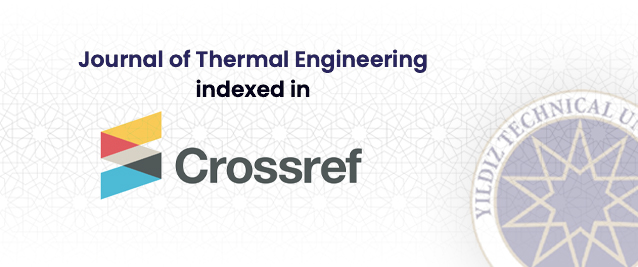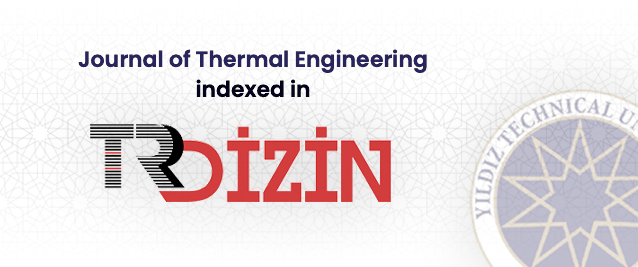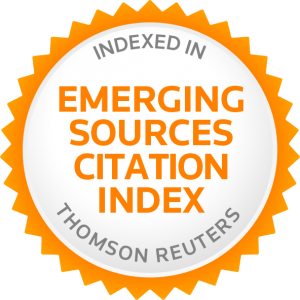2Jiangsu Skytech Industrial Internet CO., LTD, Nanjing,Jiangsu, 211899, China
Abstract
In the context of China’s dual carbon goals—carbon peaking and carbon neutrality—the im-plementation of high-efficiency carbon reduction and control technologies is of paramount importance. This study evaluates the impact of renewable energy integration and energy management strategies on carbon emissions in a research and office institute park located in Nanjing, China. A 1.162 MW photovoltaic system was deployed to supply on-site electricity demand. The system exhibited substantial performance, achieving electricity self-sufficiency rates exceeding 100% on 50 days and surpassing 50% on 58.8% of the monitored days over the study period. To enhance energy efficiency on the demand side, the air conditioning tempera-ture set point was raised from 25 °C to 27 °C. This adjustment led to a 15.1% reduction in air conditioning energy consumption and increased the average summer photovoltaic self-suffi-ciency rate from 51.27% to 56.85%. In addition, a carbon flux tower was installed to facilitate continuous monitoring of carbon flux and atmospheric CO₂ concentrations. The measured data indicated consistently low car-bon dioxide concentrations and negative carbon flux values, with average concentrations of 464.87 ppm and mean CO₂ flux of –0.0087 mg/m²·s, respectively. These results underscore the effectiveness of integrated renewable energy systems and active demand-side management in reducing operational carbon emissions in urban building clusters.


